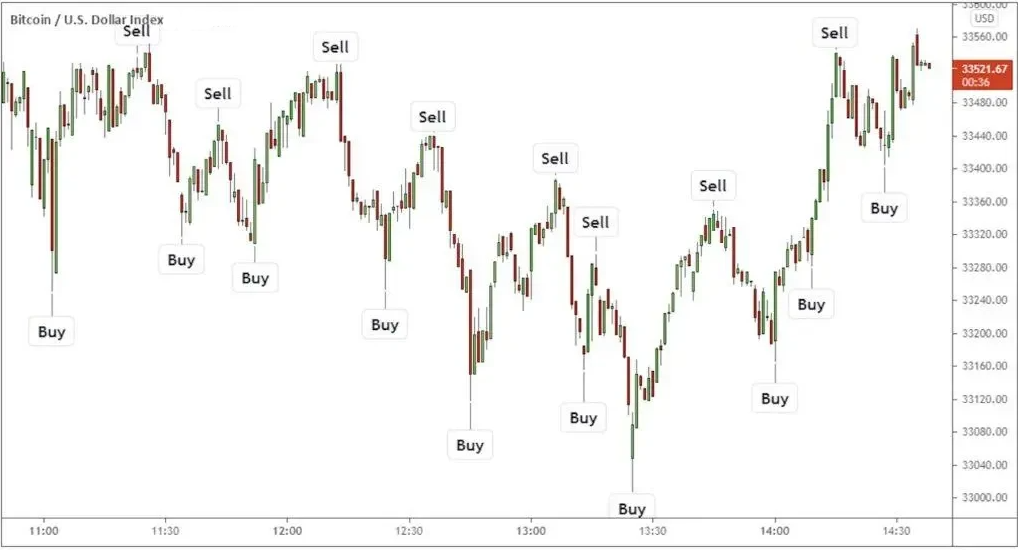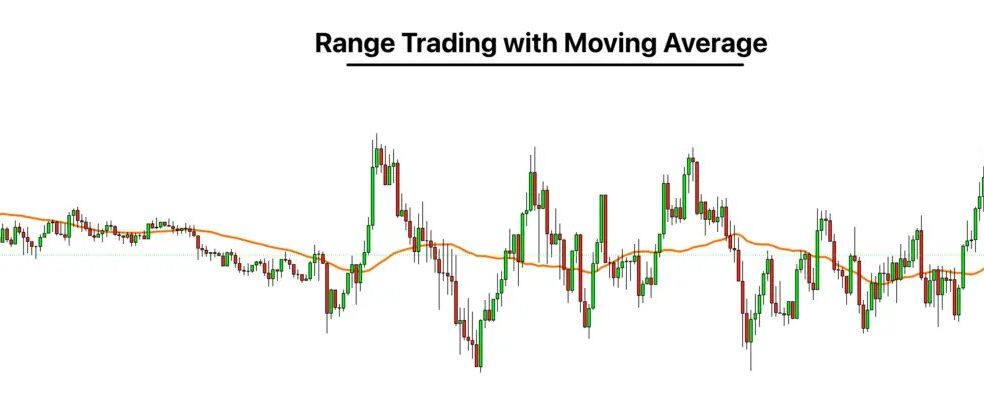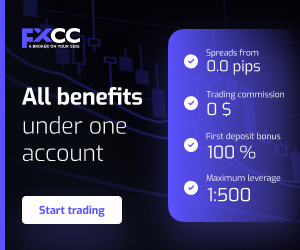Automated forex trading: Pros and Cons
The process of automated forex trading uses computer programs alongside algorithms to execute trades through pre-established strategies. These systems function by examining market conditions to detect trading possibilities before executing buy or sell orders automatically.
The adoption of automated trading systems continues to rise among both retail and institutional market participants. The most influential global providers of financial data show algorithmic trading controls a major share of daily forex volume particularly in high-frequency trading environments because millisecond differences affect profitability. The rising interest in automated systems results from their ability to deliver consistent results at high speeds while eliminating emotional decisions.
The appeal of Forex robots lies in their ability to let traders evaluate trading strategies using backtesting tools which show how systems would perform across different market scenarios. Automated trading systems do not promise profits and traders need to set up their systems correctly while actively monitoring them to prevent unexpected losses. An algorithm which becomes overly optimized for past data will likely fail when used in live market conditions because of the curve fitting risk.
What is automated forex trading?
Foreign exchange market trades are executed through computer-coded strategies that constitute automated forex trading. The systems operate through predefined rules that determine entry and exit points as well as risk management strategies. Most traders operate through MetaTrader 4 or MetaTrader 5 platforms which enable custom automation through Expert Advisors (EAs) or scripts written in MQL4 or MQL5 programming languages.
The fundamental operation of automated systems depends on market condition assessments through technical indicators or price movement analysis. A trader can create a bot to execute EUR/USD purchases when the 50-day moving average surpasses the 200-day moving average. The system executes trades and follows predetermined rules after meeting these conditions without requiring additional human input.
Backtesting stands as a fundamental capability of automated trading systems. The strategy can run tests against historical market data to determine its performance before actual market deployment. A trading strategy demonstrates robust performance when tested against multiple years of historical data. The dependence on past performance data for evaluation creates a risk of curve fitting because the system maintains excellent historical results yet fails to perform well in real-time market environments.
Execution speed is another core advantage. Automated systems detect market changes at the speed of milliseconds which leads to reduced slippage and enhanced order precision. The system provides significant advantages during major news events because it reacts faster than human traders can during price movements.
The pros of automated forex trading
The practical benefits of automated forex trading systems are most valuable to traders who need consistent and precise trading results. The primary advantage of automated trading systems is their ability to eliminate emotional decision-making. Human traders base their trading decisions on fear and greed and hesitation which results in negative trading outcomes. The automated systems execute trades based on predefined rules which ensures consistent discipline in every trade regardless of market conditions.
Speed is another key advantage. The opportunity will emerge during a volatile news release. Automated trading systems execute trades at millisecond speeds which helps reduce slippage while enhancing the precision of entry and exit points. High-frequency trading strategies and rapid price movements require the speed advantage that automated systems provide.
The backtesting tools enable traders to evaluate how their strategies would have performed using past market data. A moving average crossover system can be tested against five years of EUR/USD data to determine if its performance matches expected risk and profit targets. The evaluation process helps traders make better decisions before they start using their capital in live trading.
Automation enables traders to perform multiple tasks at once. Multiple currency pairs and different timeframes can be monitored by automated systems simultaneously. The system functionality helps traders with limited time or multiple strategies to work more efficiently and prevents them from missing opportunities because of oversight or fatigue.

The cons of automated forex trading
The advantages of automation include convenience and consistency but these benefits require specific management of their limitations. The most frequent problem occurs when optimization reaches excessive levels. A trading strategy that matches historical data too precisely will deliver strong past results but fail to perform well in real-time markets because of changes in volatility and volume and trend structure. The process of curve fitting weakens a strategy's flexibility to handle new market situations.
Technical risks are also a concern. Automated trading systems need stable internet connections together with functioning hardware and continuous platform performance to operate properly. A power outage combined with server disconnection during high-volatility events can cause missed trades and slippage while exposing positions to risks that exceed acceptable limits. Well-coded systems need constant monitoring to detect and handle such scenarios even though they have been properly designed.
The system lacks the ability to make decisions based on context. The programming logic and rules of algorithms fail to predict unexpected news releases and geopolitical events and central bank surprises which are not included in the code. The algorithm will initiate a purchase when its indicators match but it will still make the trade during major central bank announcements which leads to fast market price movements.

Manual vs. automated trading
The choice between manual trading and automated trading depends on the trader's strategy along with their risk tolerance and experience level. Through manual trading operators can directly interpret market events in real time. A trader would choose to delay entering a position before major economic releases because they depend on their personal judgment instead of automated rules. The ability to make quick decisions becomes beneficial when unexpected events such as central bank announcements or geopolitical developments occur.
The execution of trades through automated trading systems depends on pre-established criteria. A trader implements a system which triggers buying positions when RSI values drop below 30 and then rise above this level. The system maintains its rule-based operations throughout all market conditions until it receives a stop order or an adjustment command. The system operates without emotional bias and executes trades at high speed.
The execution control and adaptability and efficiency of trading methods show distinct differences when compared to each other. The trading style of manual trading works best for traders who need direct control and want to use their judgment to make decisions and quickly modify their strategies. Automated trading systems enable consistent trading operations which benefit traders who manage multiple trading pairs and strategies.
Some traders choose a hybrid method. The traders use automated systems to generate entry signals but handle exit decisions manually. The combination of automated trading structure with manual discretion allows traders to maintain control in volatile market conditions.
Who should consider automated forex trading?
Automated forex trading works for different market participants who match their trading approach to their available time and their technical abilities. Traders who use rule-based strategies such as moving average crossovers or RSI thresholds should consider automation because it provides consistent operation throughout 24 hours.
Time constraints force some traders to adopt automated trading systems. A person who maintains full-time employment wants to access forex markets but lacks the time to monitor charts all day. A pre-tested algorithm enables traders to stay active in the market continuously without requiring constant chart monitoring throughout the day. Automated systems perform repetitive tasks including entry signal monitoring and stop-loss management across multiple currency pairs.
Technical skills also play a role. People who know programming can develop personalized algorithms that match their trading requirements. The market provides access to pre-built Expert Advisors which non-programmers can use. The tools operate within MetaTrader platforms while users can modify them through defined parameters.
The trading method does not work well for traders who base their decisions on personal choices or react to news events. Traders who focus on central bank policy shifts and economic reports usually choose manual execution because it offers flexibility and real-time judgment.
Conclusion
The decision to implement automated forex trading depends on understanding both its strengths and its weaknesses. The automation system provides structure along with speed and scalability which makes it attractive to users who have set strategies and limited time availability. The moving average crossover system operates continuously to execute trades without requiring manual chart monitoring or input.
The implementation of automation requires traders to maintain strategic oversight for effective use. A strategy loses its effectiveness when it fails to adapt to new market trends. A system that performed well during trends will produce different results in range-bound markets unless it undergoes necessary adjustments.
The system includes risk management settings which traders should evaluate before deployment. The proper adjustment of stop-loss levels together with position sizing and trade frequency parameters is essential to avoid significant drawdowns. Backtesting tools together with demo platforms provide a risk-free space to optimize trading settings before using live capital.
The automation framework provides a reliable structure for traders who understand rules-based systems and want to boost their efficiency. Every system lacks complete self-sufficiency. The path to long-term trading success depends on continuous supervision and risk control.


